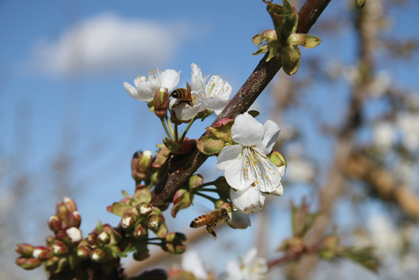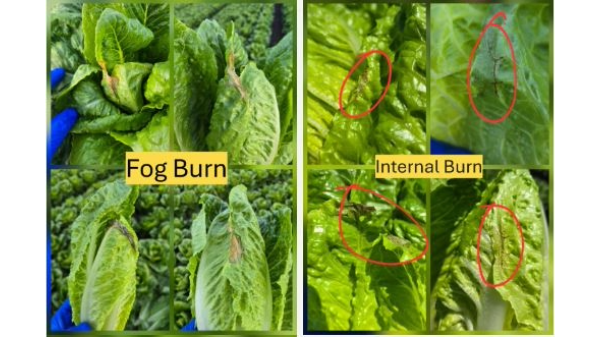Welcome to Blue Book!
Are you ready to join the thousands of companies who rely on Blue Book to drive smarter decisions? View our plans and get started today!
Still have questions? We’d love to show you what Blue Book can do for you. Drop us a line– we’ve been waiting for you.

“Finding a home for all these cherries is a concern. If the early cherries are poor quality, you don’t get second and third purchases at retail,” Bailey notes. “Volume swells in July, so early quality has to be good if sales are going to be strong the rest of the season.”
Brad Fowler, president and owner of Hood River Cherry Company in Hood River, OR is a high elevation producer. “We grow Lapins. They thrive at 2,500 feet where the climate is cooler. Our crop starts July 20th and finishes around September first. Many large retail chains avoid Lapins due to inferior quality. Our challenge is to educate retailers that Lapins from the Upper Hood River Valley are a superb cherry, even if they’ve been disappointed by Lapins from other areas.”
Bailey and Fowler agree that the rush to get fruit off the trees and onto store shelves can result in immature fruit reaching the stores and customers being turned off by inferior fruit—which, unfortunately, can negatively impact future sales of all cherry varieties from multiple locations.
Future Opportunities
While cherries are a seasonal favorite among consumers for their great taste and healthful properties, with increased production in the Northwest, is there a danger of having too much of a good thing? Most growers believe cherries are a good investment, but Bailey cautions, “With the increase of late season cherries, we have to be aware of consumer fatigue. By late July or August, cherries are not as big a deal.”
With plentiful supply, there is the increased opportunity for shipping to emerging markets in China, Hong Kong, and Korea. Campbell believes China “is one of the best markets for high quality cherries. They buy top quality and pay a premium.”
Wohlford agrees, “The export market for Northwest cherries is favorable because free-on-board cherries command a higher price and the shipments are not so much predicated on business pushed by ads.”
Trends to keep an eye on for the upcoming year include additional high-tech sorting advances, maintaining volume while downsizing the use of smaller trees and orchards, and the development of hothouse cherries which could significantly impact the fresh cherry market.
Courtesy of Rainier Fruit Company








